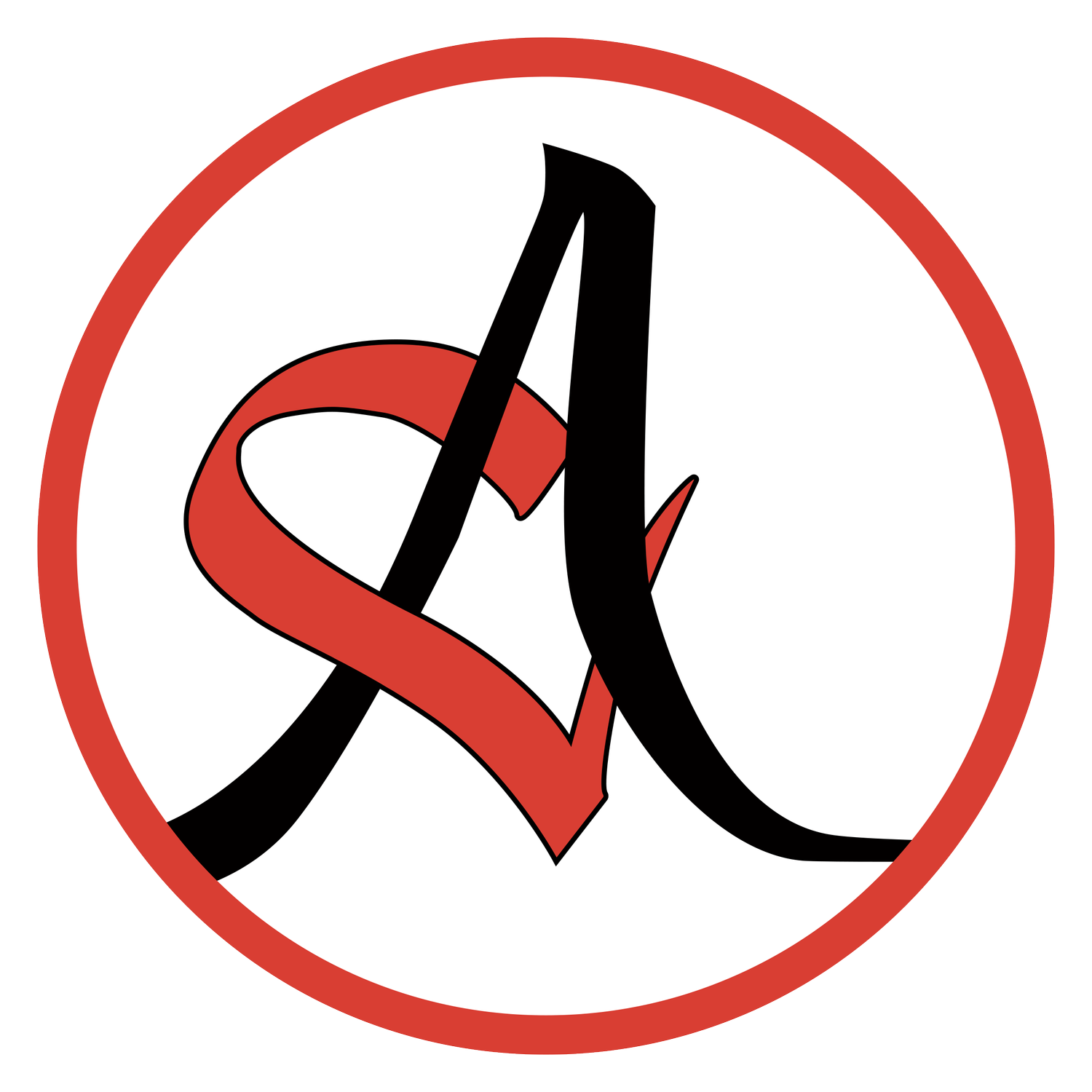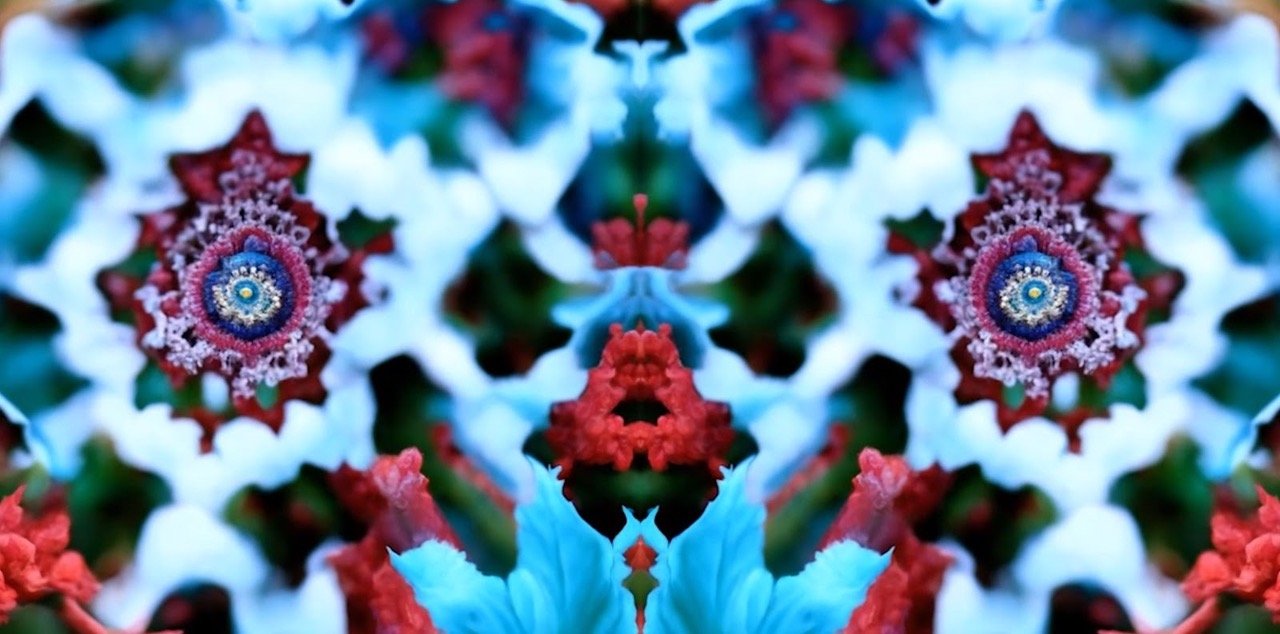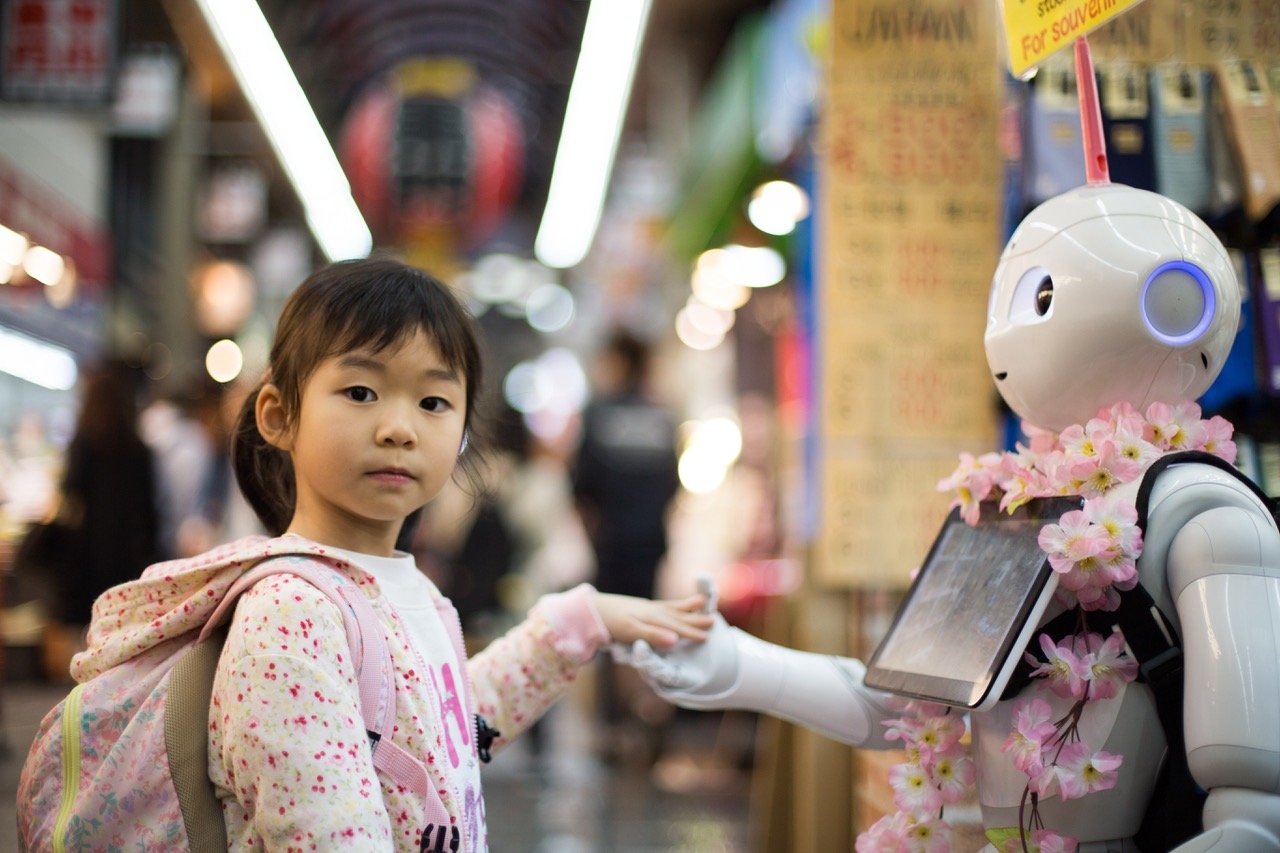Artificial Intelligence Can Be Human —and Art—Centered
My Hoosier family always called it the Indianapolis Museum of Art. Today it's Newfields. And if you haven't seen its massive exhibition "the Lume," get to it, at 4000 Michigan Road in Indy.
Indianapolis' 30,000-square-foot Lume will, yes, illuminate you
The Lume Indianapolis offers an hour of digital haunting wonderfulness. Roughly two thirds of it comprises 30 of Vincent van Gogh's works. The rest is short "featurettes" designed by rising digital artists.
Go to the fourth floor of the museum's galleries, and ah, mon cher, you have arrived in Paris during the 1800s. Significant, because that's when European art veered into major change.
Color, sound, light will swaddle you in Impressionist paintings. That's because they are surrounding you big time, like so big that you can see the brushstrokes of some of the world's leading artists, such as Renoir, Cézanne, Monet, and Pissarro. For those who have wondered what immersive art is, you are in this exhibit.
Add music by some of Europe’s famous composers, and you will be texting your friends to get over here. (There's food and drink available too.)
The Lume occupies about 30,000-square-feet, offering three galleries and a small restaurant.
The mother ship of the displays is the exhibition"Monet & Friends Alive!," which literally highlights Oscar-Claude Monet along with 11 additional impressionist painters in his cohort.
Bloomington artist is featured
An additional thrill for us Bloomington area folk is that Bloomington based Brian Trippi created one of the "featurettes," short digital exhibitions in the Lume.
Brian Trippi's digital AI art in Newfield's the Lume
A digital artist and music producer, Trippi mixes technology with art. Stick with me here: he uses "generative / algorithmic" techniques that include math, randomness, and artificial intelligence (AI). In effect, his pieces are bridges between humans and machines. He sees AI as a tool that is capable of helping some people make better art.
His featurette, "Into the Latent Space," looks at AI's "brain" and provides images from millions of dancing particles, and nature scattering into tiny pixels.
Each featurette is both visual and auditory and accompanies
"Monet & Friends Alive!" as independent digital art.
But AI isn't perfect. Yet.
AI's ChatGPT might scare you, then again, maybe not
Xinyuan Zhang, working in human-computer interaction and design.
Xinyuan Zhang holds a masters of science in human-computer interaction/ design from Indiana University and is a prospective UX (user experience) specialist. She uses and enjoys AI, but admits she finds it lacking in certain aspects. ChatGPT is an AI bot that can write software and stories and can give you a synopsis of a bunch of information. The trouble is it doesn't recognize what's untrue. Referring to ChatGPT, Zhang explains:
"Depending on how you give the request, ChatGPT can give you very relevant feedback or things that are sixty percent relevant (my personal feeling). It also depends on how easy it can find internet content in the field you’re using it for."
Also, Zhang notes its lack of brevity. "Sometimes there could be paragraphs of very similar meanings in the same article the tools generate."
She just fixes some of the repetitions by deleting sentences and joining paragraphs. But what concerns her is ChatGPT 's reliability. "Facts might not be sourced or might not be true. It might be ironic when I say this, but people can judge if a fact is indeed a fact."
She doesn't entirely trust AI tools and double (quadruple?) checks sources. For instance, she did research this winter on effective arts directories, and among the dozen of directories AI showed her, many are nonexistent.
Regarding art such as Brian Trippi's at Newfields, "This is the type of work that many digital artists do, and media schools will study and create something like this too."
"For us from [human-computer interaction design], especially at Indiana University's program, we do try to understand what the experience is like and learn from how these artists create experiences for viewers."
However, human-computer interaction staff / students design things for everyday use more than for leisure and the arts, aiming for function over aesthetics.
In case you're itching to try it yourself, IU's master of science in human-computer interaction design may just turn you into someone who changes the outlook of design itself. Bachelor and PhD programs await too.
Nick Liu, master of science in computer science, engineer.
Let's be clear. AI fears abound. While many see it as capable of augmenting our human intelligence, others think it could steal our jobs and worse, muddle the output. Personally, I read an AI article recently that mentioned "one thousand billion hundred dollars."
Nick Liu, earned a masters of science in computer science at IU, where he works as an assistant engineer. He knows people who are both hopeful about and fearful of AI. He wonders if semantics plays a part. "All the AIs to me are only tools, but more advanced. Maybe the word 'intelligence' has magnified people’s feelings."
Scary
And then there's this.
Girl and bot.
Ezra Klein writing for The New York Times, said, "There is plenty to worry about when the state controls technology, too. The ends that governments could turn A.I. toward — and, in many cases, already have — make the blood run cold."
People are constantly changing their minds about all sorts of things. "But the irony," writes Shira Ovide in the Washington Post," is that AI is being tested or used in many settings in which people expressed doubts, including self-driving cars and deciding when to administer medicines."
Next time you curse, or thank, spell-check, give a little bow to AI.
# # #





